HOW DO I KNOW IF MY TREE IS UNHEALTHY OR DANGEROUS?
You can save you money on your property and home insurance if you understand how to spot tree health and hazard issues.
If one of your trees is dead or diseased and you do not take action to prevent damage, you may be in trouble.
For over 30 years, we’ve helped Vancouver businesses and homeowners assess tree health. Here’s a list of key signs to help you identify unhealthy and dangerous trees.

6 Signs of Unhealthy Trees
Warning Signs Your Tree May Be Severely Stressed, Diseased or Dying
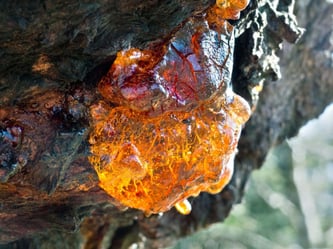
1. Oozing Sap
Excessive or oozing sap (especially on the trunk) is called gummosis. This condition could be the result of bird or insect damage but, believe it or not, it may be the result of an infection. Trees can be affected by bacteria and viruses - just like us.
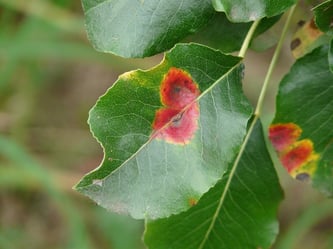
2. Leaf Problems
Discolouration, drooping, spots, holes, or curled edges on leaves indicate something is wrong. Remember that treatments may be available and it is best to seek support as soon as you notice the issue.

3. Branch Dieback
Gradual dying of branches, starting at the tips is not normal. In order to address this, you'll need to get to the bottom of the issue sooner rather than later.
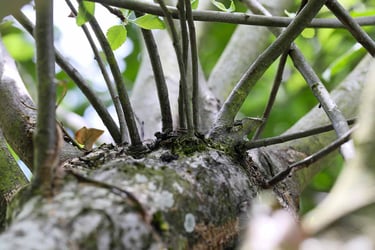
5. Excessive sprout growth
A little extra growth is often encouraged but if your tree is sprouting out excessively, it is probably stressed. This may be the result of environmental factors but the most likely cause is improper pruning. Surprisingly, tree can take anywhere from two to six (2-6) years to recover. It is important that you manage this proactively moving forward.
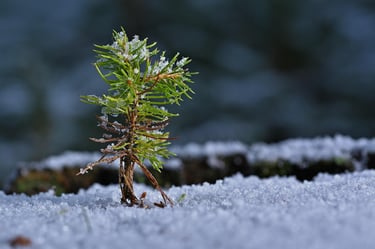
5. Stunted Growth
Slower than normal growth rate or smaller leaves can be the result of drought, soil problems, girdling roots, rot or pest issues. Make sure to keep tabs on your tree's growth rate over time so you can note any changes.
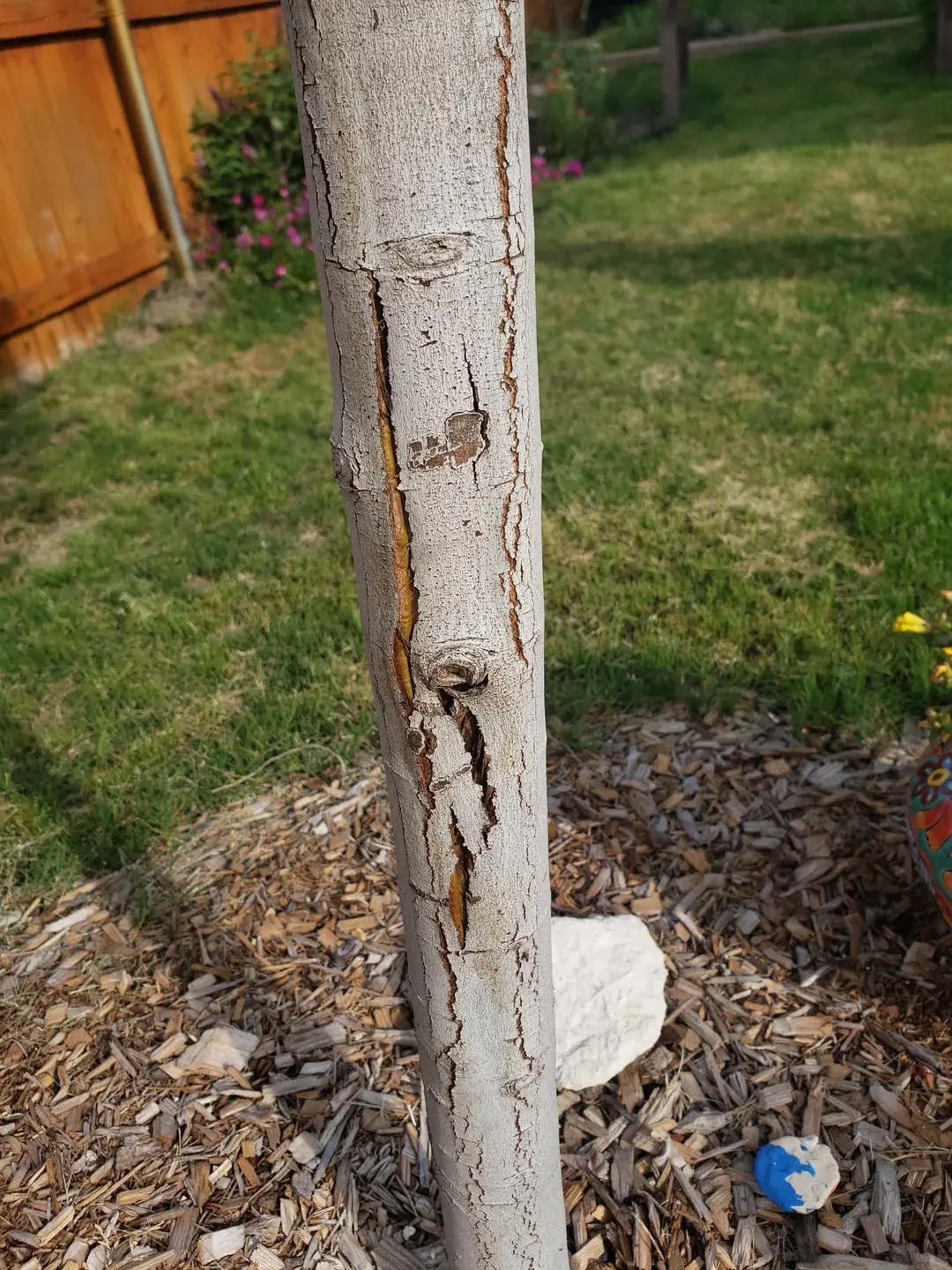
6. Splitting or Cracked Bark
Deep cracks or splitting bark can expose a tree’s vulnerable interior, making it more susceptible to disease, insects, and structural failure. These wounds may signal stress, dehydration, or decay, and should be assessed by a licensed arborist.
6 Signs of Dangerous Trees
Key Warning Signs Your Trees May Be at Risk
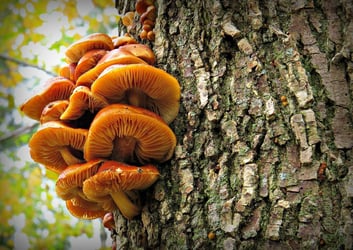
1. Mushrooms and Conks
Mushrooms growing on or emerging from the base of your tree often indicate heart rot or butt rot. Depending on the type of fungus, your tree may be structurally unsound. For example, honey mushrooms and conks are tell-tale signs of problems.
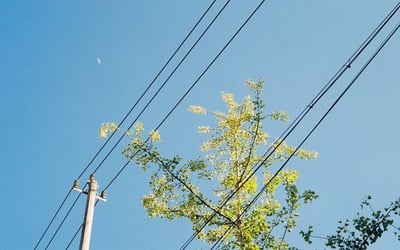
2. Branches 'hanging out’ on power lines
Branches that droop or fall onto power lines can spark, creating fire hazards and outages. Many homeowners are unsure who handles pruning— Knowing which lines you’re responsible for helps prevent hazards and avoid unexpected liability.
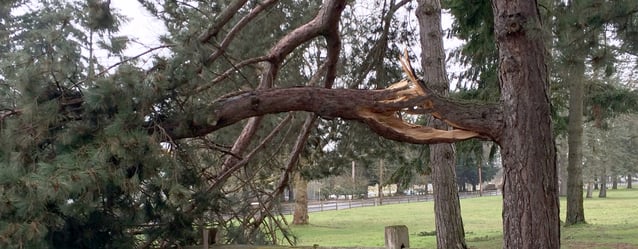
3. Hanging and large dead branches
An entire tree does not have to fall for there to be serious property damage. Branches and limbs over two inches in diameter (>2") can be very heavy on their own. If there are dead or broken branches in the canopy it can be risky to leave them. It is time to take action.
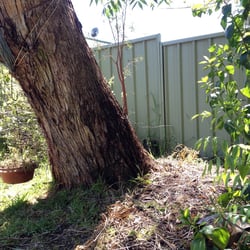
4. Heavy or recent lean
Does your tree look like it is angling toward the earth instead of growing straight up and down? If the tree has grown up like this you may be in the clear but if lean is recent - it's bad news. Keep an eye-out of any lifting of roots, and plan to contact an expert immediately.

5. Large tree cavities
Cavities are great for wildlife, but if a cavity is too large, near branch unions or too near the trunk base and root system, the tree might be in danger of failure.
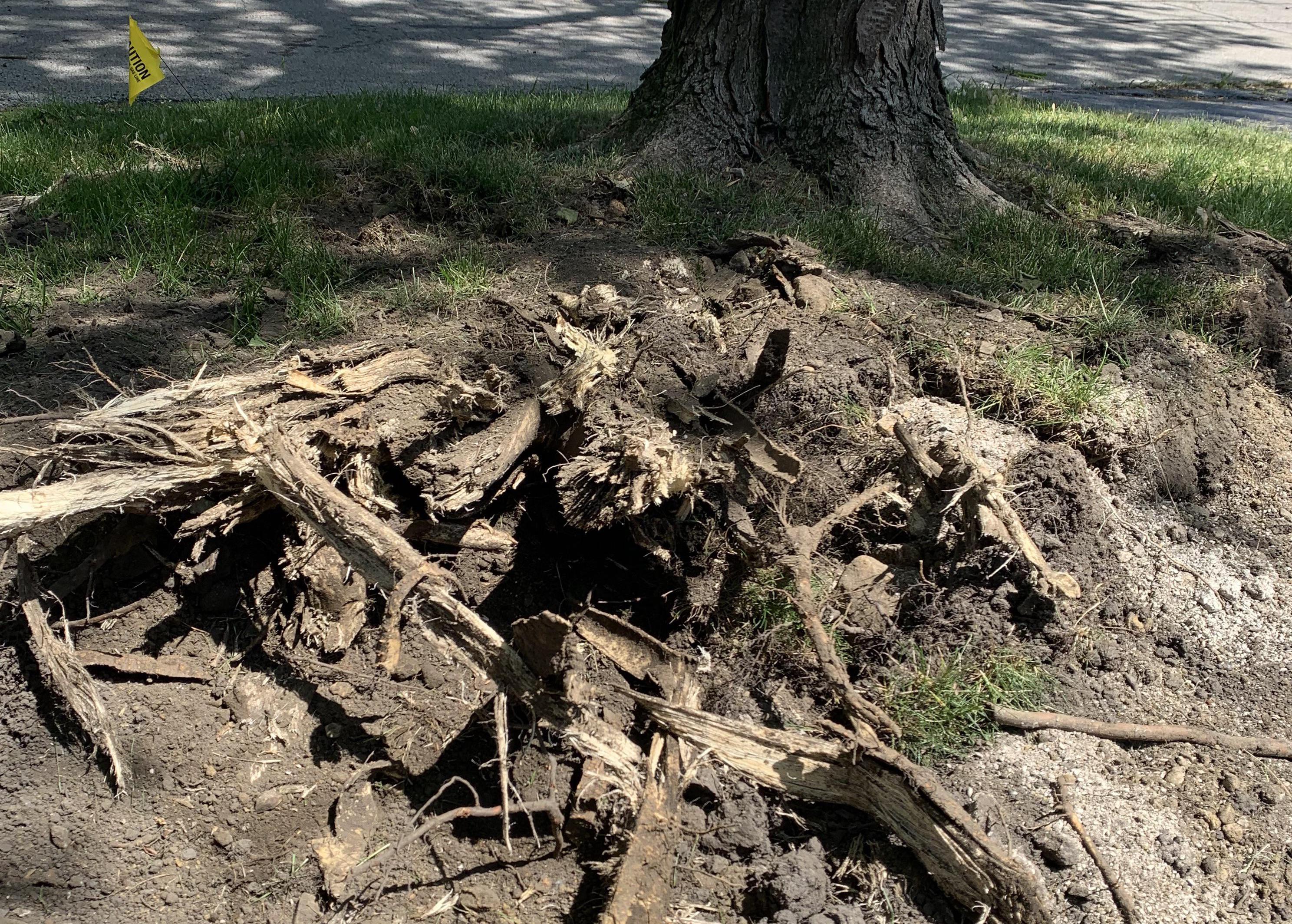
6. Exposed or Damaged Roots
Exposed, cracked, or severed anchor roots are warning signs of serious tree damage. Large broadleaf trees often rely on only 5–8 major roots, while many conifers have as few as 4–6. Cutting even one of these structural roots can remove a significant portion of the tree’s anchorage, making failure in storms or high winds far more likely.

